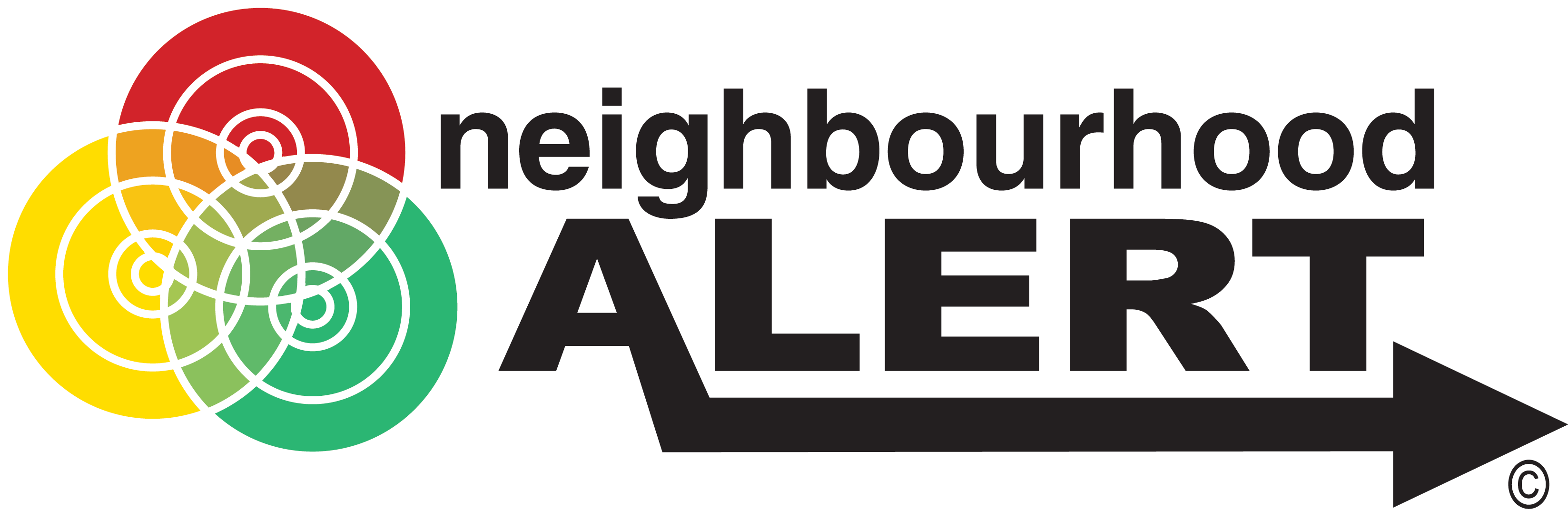|
Dear Residents, Following Pedal cycle operation on the New king’s Road SW6 on Wednesday the 19th November 2025, I came across this information on cycling safety, when cycling in London. It is by no way exhaustive, but I decided to share it with you. Cycling safety Find out how to cycle safely in London and check important Highway Code rules for cyclists. Follow the Highway Code The Highway Code is the set of rules for everyone who uses the roads in England, Scotland and Wales. By knowing and applying the rules, you can protect yourself and safeguard those most at risk, making London's roads safer for everyone. If you do not follow the rules, you put yourself and others in danger. Many of the rules in the Highway Code are legal requirements and breaking them is a criminal offence. You may be fined or in a serious case sent to prison. Stop at red lights. Don't ride through red traffic lights. You may be fined £50Give way to pedestrians at zebra crossings, including crossings on cycle tracks. Cyclists should give way to pedestrians waiting to cross and must give way to pedestrians on a zebra crossingDon't pavement cycle. Don't cycle on the pavement. Pavements are designed for people walking, including children, elderly people, and people with disabilities.Do not cycle in the wrong direction on a one-way street (unless clearly marked for cyclists)Always give way to anyone still crossing after the signal for vehicles has changed to green. This applies to all crossingsLet people cross at junctions. Always give way to pedestrians crossing or waiting to cross a road into which or from which you are turningCyclists have a particular responsibility to reduce danger to pedestrians. Cycling safety tips Helmet. Consider wearing a helmetWear bright clothes. Stay safe by wearing bright clothes during the day and reflective clothing/accessories at nightUse night lights. Use lights after dark - white at the front and red at the rear. You may be fined £50 if you don't have themUse reflectors. Your bike must also be fitted with a red rear reflector, and also amber pedal reflectors if it was manufactured after 1985Adopt a suitable riding position Stay central on narrow roads. Try to ride away from the gutter. If the road is too narrow for vehicles to pass you safely, it might be safer to ride towards the middle of the lane to prevent dangerous overtaking by other vehicles. If cycling in a group or when accompanying children, you can ride 2 abreast - it can be safer to do so. Allow drivers behind you to overtake when it's safe for them do soStay away from parked cars. Ideally, keep a door's width away in case the door opens suddenly. Also, try to ride in a straight line past parked cars rather than dodging between themStay back from HGVs. Lorries and other large vehicles might not be able to see you clearly, so stay well back behind themCommunicate with drivers Make eye contact. Try to make eye contact with drivers so you're sure that they have seen youSignal. Use appropriate hand signals to indicate that you're turning left or rightBe alert Always pay attention. Stay focused on what's going on around you so you can see what other road users might doNo phones or devices. Don't use a mobile phone, headphones or earphones while cyclingBuying cycle lights If you're going to ride in the dark, you'll need a light that shows you where you're going, and to make you visible to other road users. Before you buy one, you should consider: Where, and how fast, do you ride? The faster you ride, the more powerful your light will need to be, although roads lit by streetlamps will require lights with less power than unlit roads. Lights of around 800 lumens are generally considered appropriate for road riding at night. However, clever lens and reflector designs in some models make it possible to light the road more effectively with less powerBattery life: Pay close attention to the burn times of the lights you are looking to buy and think about the lengths of rides you are likely to be undertaking. To be safe, add on extra time for unexpected delays like punctures or getting lostBeam pattern: Your front light should light the road ahead and the verges to the sides, but not blind oncoming trafficMounting: Think about where you are going to position your light on your cycle, and check that you have enough space to mount it without obstruction I hope you found this useful. Regards, Palace and Hurlingham SNT Police Officers | 



